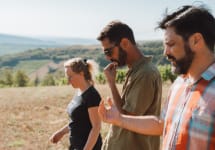Domaine Hubert Brochard Sancerre 2011
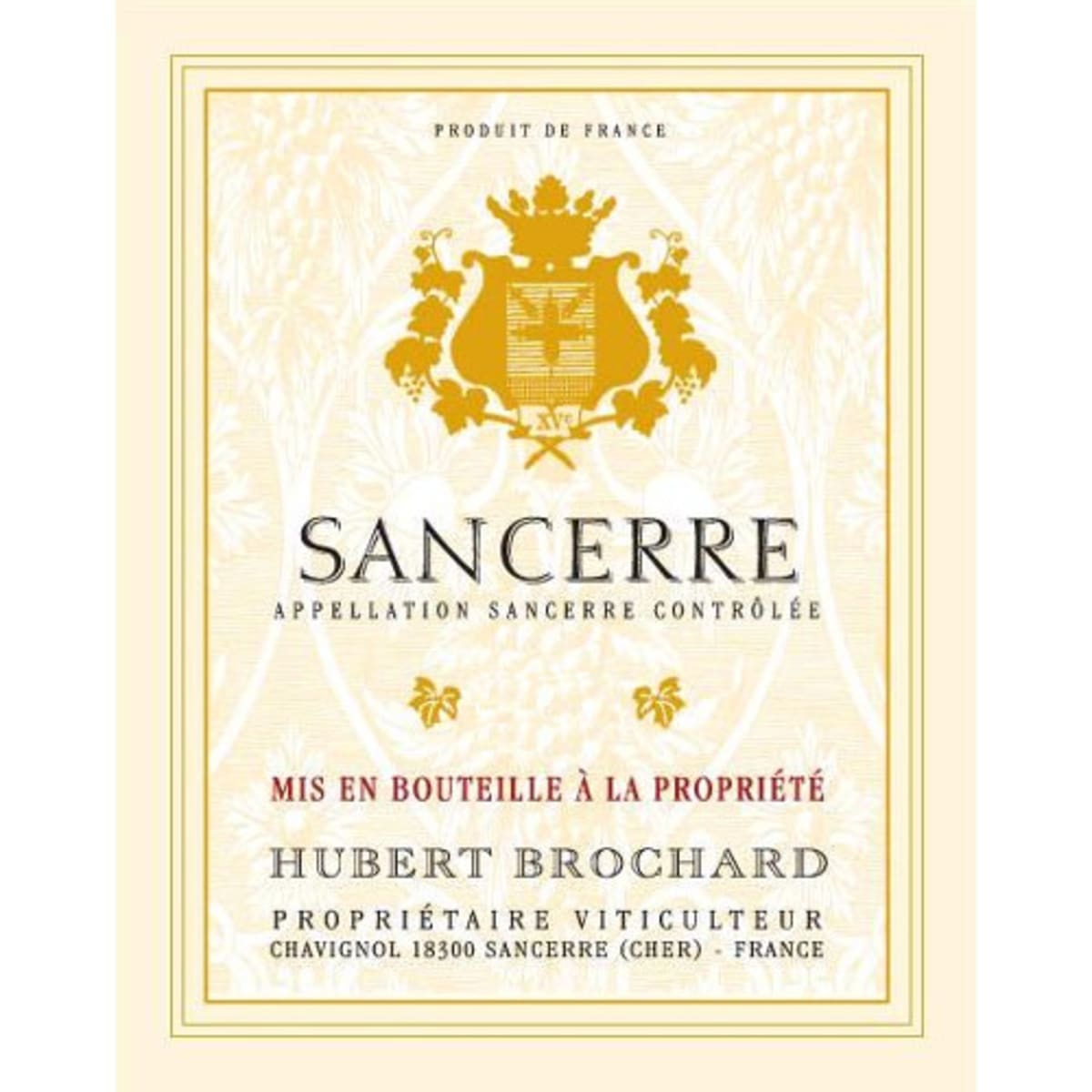

Product Details
Your Rating
Somm Note
Winemaker Notes
Other Vintages
2023-
Wine
Spectator
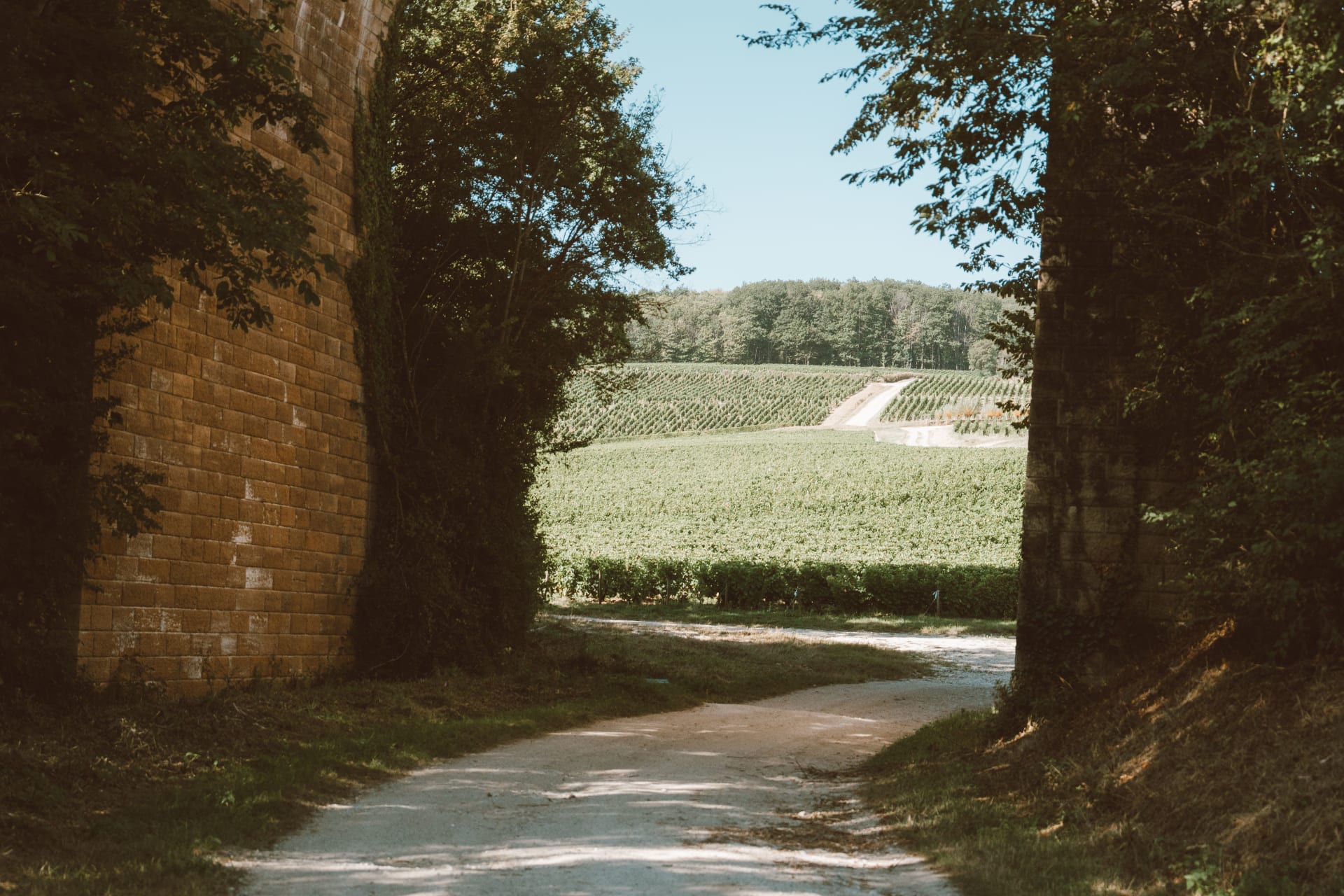

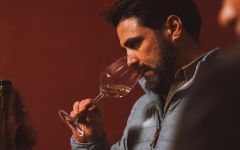
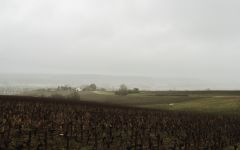
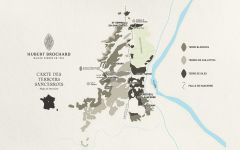
Since its creation by Aimée and Hubert Brochard, Domaine Hubert Brochard has been committed from one generation to the next to producing wines representative of the diversity of the Sancerre terroirs.
In July 2022, the Bollinger family group bought the domaine. A new adventure begins with the support of the expertise of Maison Langlois in Saumur, having acquired two vineyards in Sancerre in 1986 and 2017 (Château de Fontaine Audon, 15 ha and Château de Thauvenay, 18 ha).
François-Régis de Fougeroux, General Manager of Langlois and Domaine Hubert Brochard, surrounds himself with a new team: Rodrigo Zamorano (winemaker), Matthieu Franchini (head of viticulture), Anne-Sophie Brochard (cellar master) and Eléonore Marty (head of hospitality) to write the new pages of the Domaine.

Capable of a vast array of styles, Sauvignon Blanc is a crisp, refreshing variety that equally reflects both terroir and varietal character. Though it can vary depending on where it is grown, a couple of commonalities always exist—namely, zesty acidity and intense aromatics. This variety is of French provenance. Somm Secret—Along with Cabernet Franc, Sauvignon Blanc is a proud parent of Cabernet Sauvignon. That green bell pepper aroma that all three varieties share is no coincidence—it comes from a high concentration of pyrazines (herbaceous aromatic compounds) inherent to each member of the family.
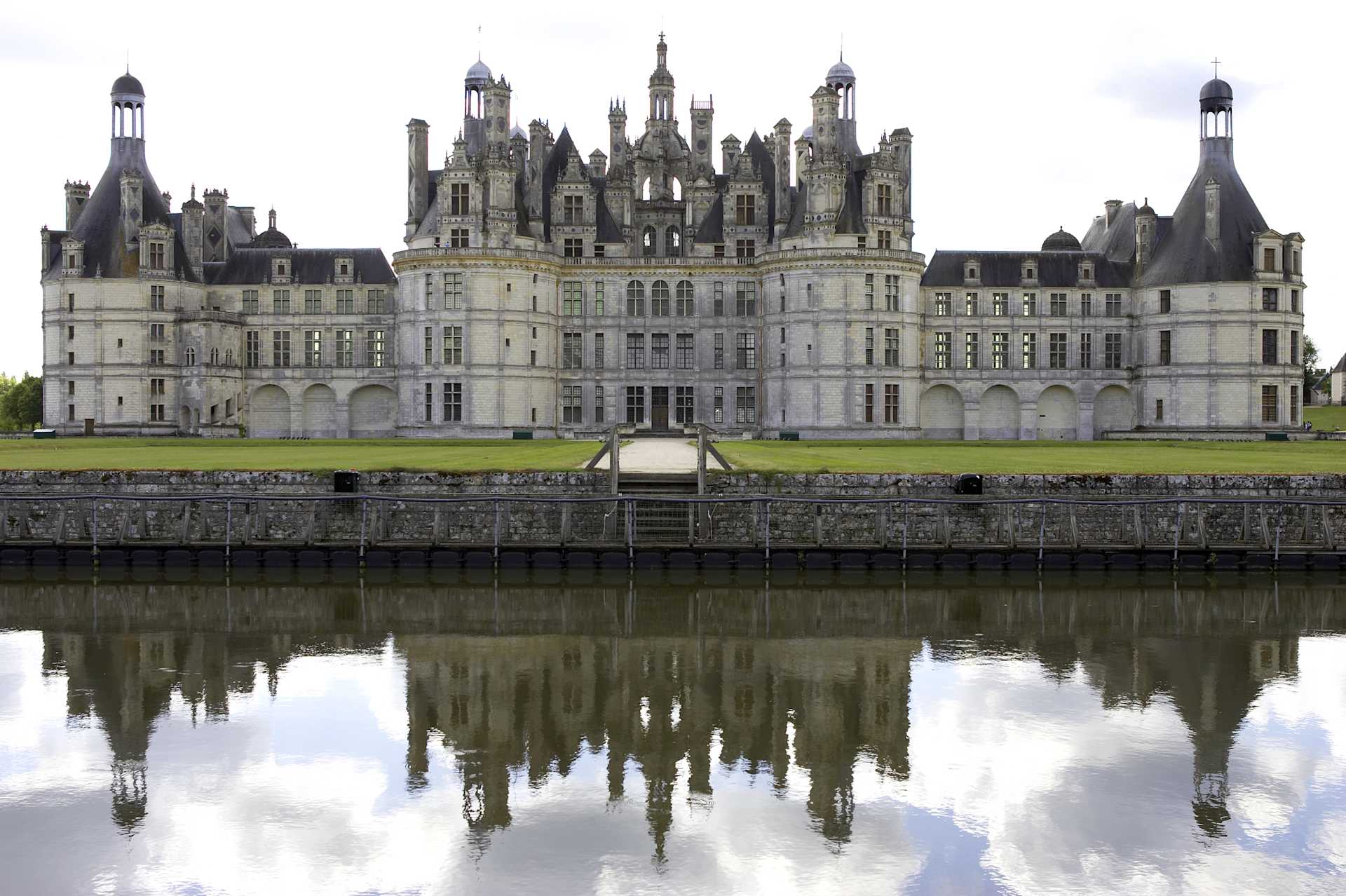
Marked by its charming hilltop village in the easternmost territory of the Loire, Sancerre is famous for its racy, vivacious, citrus-dominant Sauvignon blanc. Its enormous popularity in 1970s French bistros led to its success as the go-to restaurant white around the globe in the 1980s.
While the region claims a continental climate, noted for short, hot summers and long, cold winters, variations in topography—rolling hills and steep slopes from about 600 to 1,300 feet in elevation—with great soil variations, contribute the variations in character in Sancerre Sauvignon blancs.
In the western part of the appellation, clay and limestone soils with Kimmeridgean marne, especially in Chavignol, produce powerful wines. Moving closer to the actual town of Sancerre, soils are gravel and limestone, producing especially delicate wines. Flint (silex) soils close to the village produce particularly perfumed and age-worthy wines.
About ten percent of the wines claiming the Sancerre appellation name are fresh and light red wines made from Pinot noir and to a lesser extent, rosés. While not typically exported in large amounts, they are well-made and attract a loyal French following.
